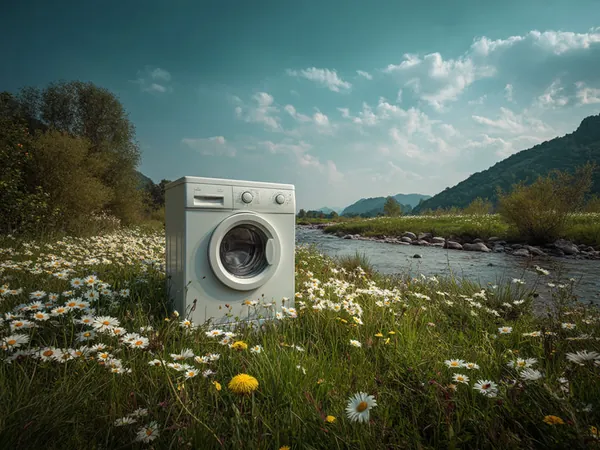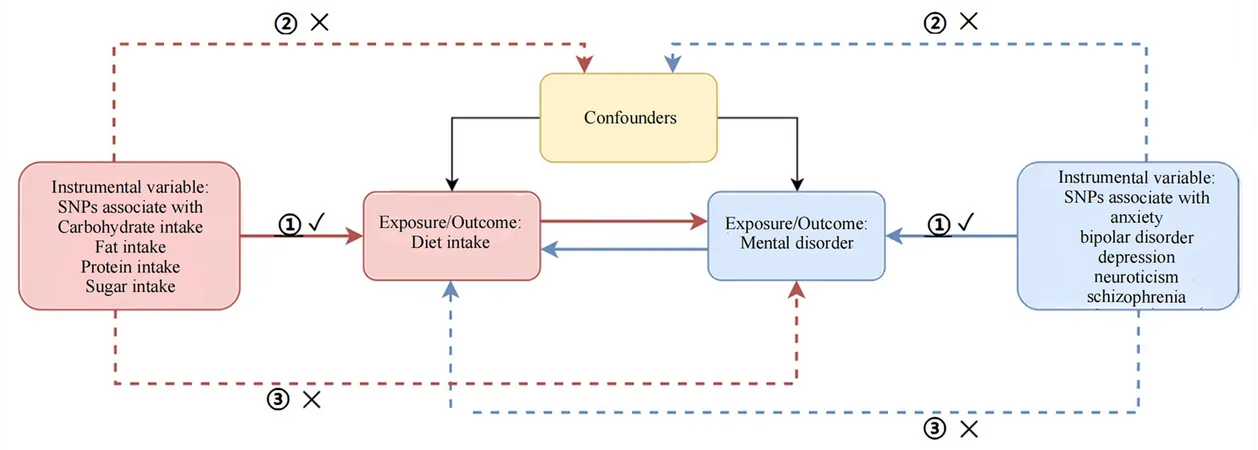
Surprising Source of Glyphosate: Detergents May Be to Blame!
2025-05-15
Author: Rajesh
Glyphosate: The Hidden Threat in Our Waters
Glyphosate, the world’s most widely used herbicide, is making waves for more reasons than one! This potent chemical, known for stunting plant growth by interfering with essential protein formation, has been the focus of intense scrutiny as it leaches into our water supplies, raising serious ecological concerns.
While it’s considered only mildly toxic to humans, its association with cancer has fueled heated debates. As the EU grapples with glyphosate usage in agriculture, alarming reports from researchers at the University of Tübingen reveal that glyphosate levels in water sources remain stubbornly high, even in areas with minimal agricultural input.
A Surprising Link: Detergents and Glyphosate
Researchers Stefan Haderlein and Carolin Huhn uncovered a startling fact: glyphosate may be emerging from unexpected origins, namely detergent additives known as aminopolyphosphonates. These additives are commonly found in household cleaners for water softening but might be leaking harmful chemicals into our ecosystem.
Haderlein underscores the concern: "These compounds, while intended to enhance cleaning, could inadvertently contribute to environmental degradation. Phosphates released from aminopolyphosphonates can wreak havoc by promoting excessive algal growth, which depletes oxygen in aquatic environments."
The Role of Manganese in This Chemical Drama
In groundbreaking lab experiments, the research team discovered that manganese compounds, prevalent in soil and wastewater, could trigger a multi-step reaction leading to the formation of glyphosate from aminopolyphosphonates. By manipulating factors like oxygen levels and pH in their experiments, they demonstrated that even minimal quantities of manganese could yield glyphosate.
Haderlein raised an intriguing point regarding microbial studies suggesting biological breakdown of these compounds: "We might not be witnessing a biological process at all but rather a chemical transformation facilitated by manganese present in the microbial growth media."
Next Steps: Unraveling the Glyphosate Mystery
With this research revealing a direct connection between detergent additives and glyphosate production, Haderlein's team is committed to understanding the scale of this issue: "We’ve shown that certain aminopolyphosphonates yield glyphosate in the presence of manganese—now we need to ascertain how significant this source is in real-world scenarios."
As experts like Professor Dr. Karla Pollmann applaud their findings, the question remains: how can we safeguard our environmental health in light of these revelations? The urgency to address these connections could lead to more robust protective measures for our precious ecosystems.



 Brasil (PT)
Brasil (PT)
 Canada (EN)
Canada (EN)
 Chile (ES)
Chile (ES)
 Česko (CS)
Česko (CS)
 대한민국 (KO)
대한민국 (KO)
 España (ES)
España (ES)
 France (FR)
France (FR)
 Hong Kong (EN)
Hong Kong (EN)
 Italia (IT)
Italia (IT)
 日本 (JA)
日本 (JA)
 Magyarország (HU)
Magyarország (HU)
 Norge (NO)
Norge (NO)
 Polska (PL)
Polska (PL)
 Schweiz (DE)
Schweiz (DE)
 Singapore (EN)
Singapore (EN)
 Sverige (SV)
Sverige (SV)
 Suomi (FI)
Suomi (FI)
 Türkiye (TR)
Türkiye (TR)
 الإمارات العربية المتحدة (AR)
الإمارات العربية المتحدة (AR)